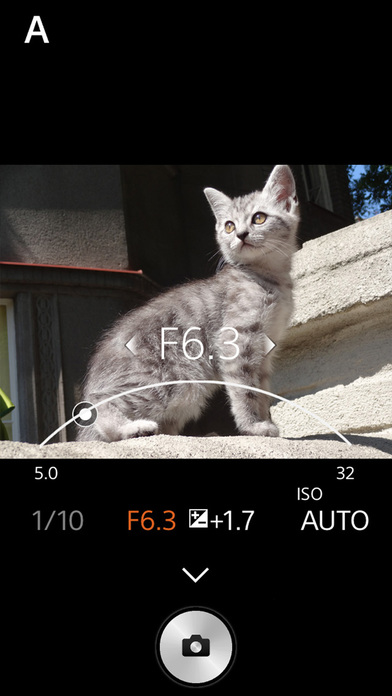Just over a week after Garmin introduced its new high-end VIRB Ultra 30 action camera, Sony has come out swinging with a pair of updated flagship models in its Action Cam-series. The 4K-capable FDR-X3000 and its Full HD sibling, the HDR-AS300, bring a host of improvements, but the biggest new feature is undoubtedly Balanced Optical SteadyShot, or BOSS. These are the first action cameras from a major manufacturer to include optical image stabilization (previous Action Cam models employed electronic IS), and it’s nice to see that Sony hasn’t reserved the feature for just its highest-priced model.
BOSS works by moving the sensor and lens unit together to counter vibrations, which smooths out video without cropping or adding additional digital processing to the image.
Sony’s market research has found that SteadyShot is the number one feature that has drawn customers to its action cameras, so a new stabilization system makes perfect sense. BOSS works by moving the sensor and lens unit together to counter vibrations, which smooths out video without cropping or adding additional digital processing to the image.
Unlike electronic image stabilization, BOSS can be activated in any mode, including 4K (X3000 only) and high-speed shooting, a significant advantage over Sony’s previous action cams and those of other major manufacturers. Garmin’s electronic stabilization, for example, works great for 1080p, but can’t be used at all for 4K. GoPro currently doesn’t offer stabilization at all.
Sony also announced several new accessories for its action cameras, including the new MPK-UWH1 underwater housing that is waterproof down to 60 meters. The housing is included with with both new cameras. There is also an updated live-view remote that features a compact and mountable design. Although it is optional, the remote will likely be a must-have option for any serious shooter.
The shape of Sony’s action cameras more-or-less prevents them from having a built-in LCD screen (these new models do get an upgraded dot matrix display for viewing camera settings) but Sony sees this as an advantage. In most situations, once an action camera is mounted, a rear-facing LCD screen can’t be seen, anyway. Sony’s live view remote can be warn like a watch or mounted in a visible location, such as a bike’s handlebar, making it more practical that a built-in screen.
The live-view remote can also be attached to the camera itself for handheld use, thanks to Sony’s new AKA-FGP1 finger grip, which essentially turns the X3000 or AS300 into the world’s smallest camcorder.
Naturally, both cameras can also be controlled via the Sony PlayMemories app for iOS and Android. Like previous Sony action cams, footage can be live-streamed through the app to Ustream (other live streaming services, like YouTube, are not supported).
Other improvements include a new, 8.57-megapixel (MP) backside-illuminated CMOS sensor and a redesigned lens that offers a claimed 50-percent reduction in optical distortion. The X3000 manages to snap 12MP still photos, although it’s not clear how it’s doing this from a lower resolution sensor. It can also capture 4K time-lapse sequences thanks to an 8.3MP interval shooting mode.
While the X3000 and AS300 are mostly the same camera, beyond 4K capability, the X3000 can also shoot 120 frames per second in Full HD (1080p). The AS300 has to drop to HD (720p) in order to achieve 120 FPS, but this isn’t a big drawback for a casual user.
Both new cameras will begin shipping by the end of this month. Customers will have the option of buying them as kits with the new Live-View Remote, or as the camera body alone. The FDR-X3000 will retail for $550 for the kit or $450 by itself, while the HDR-AS300 kit will go for $450 and the body-only option will be just $300.






